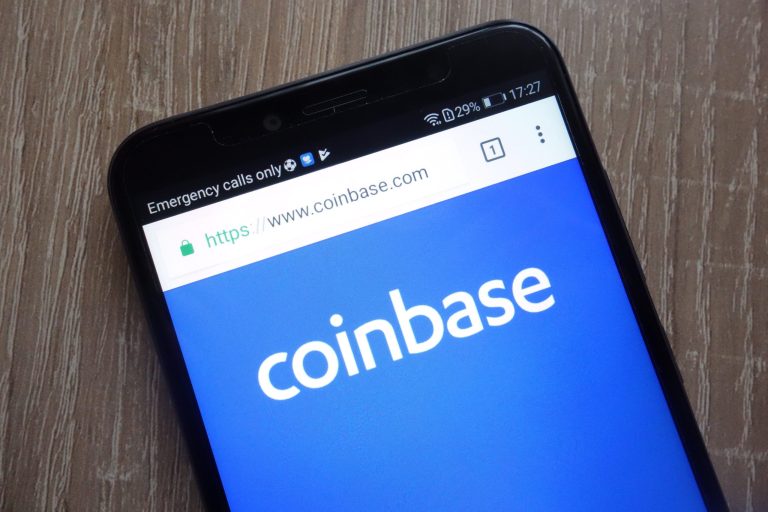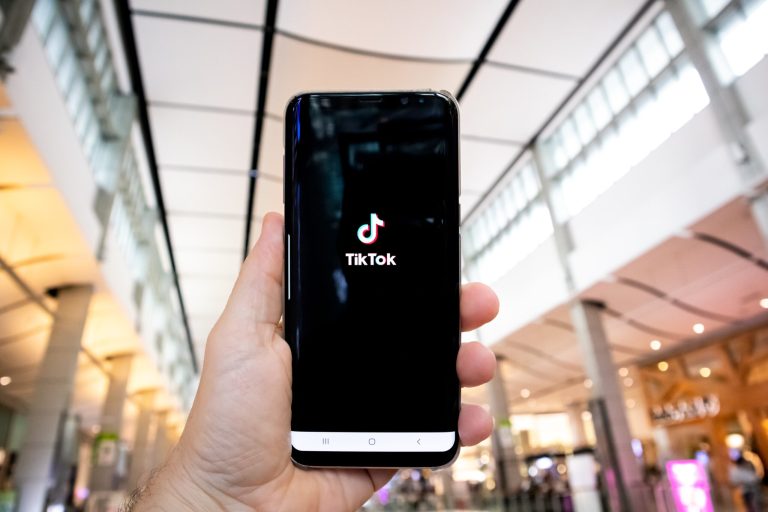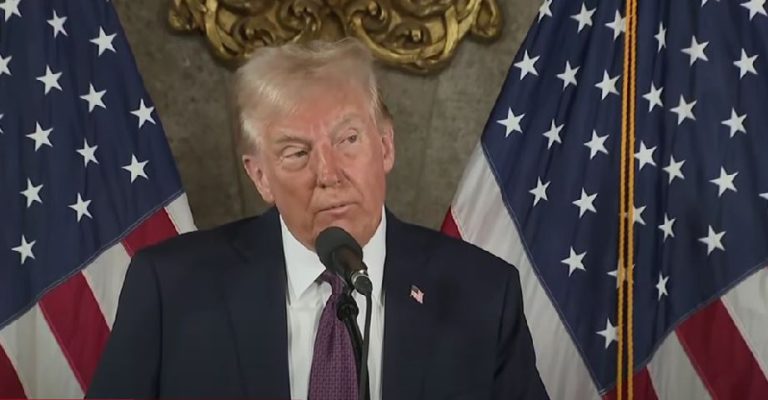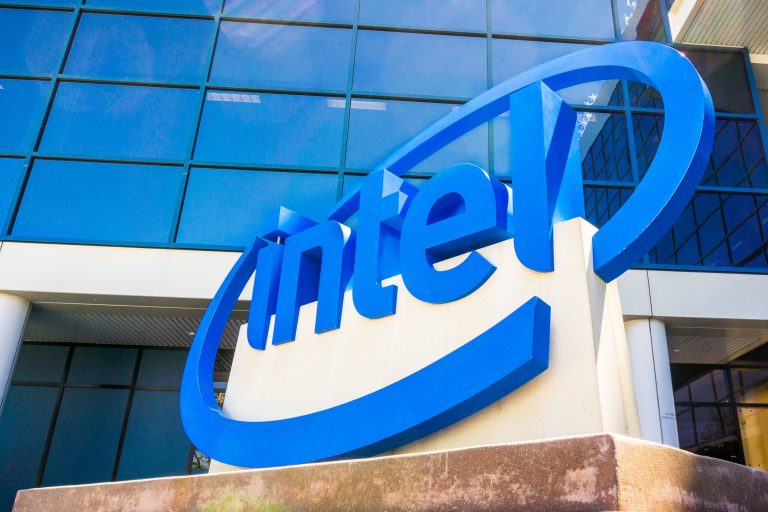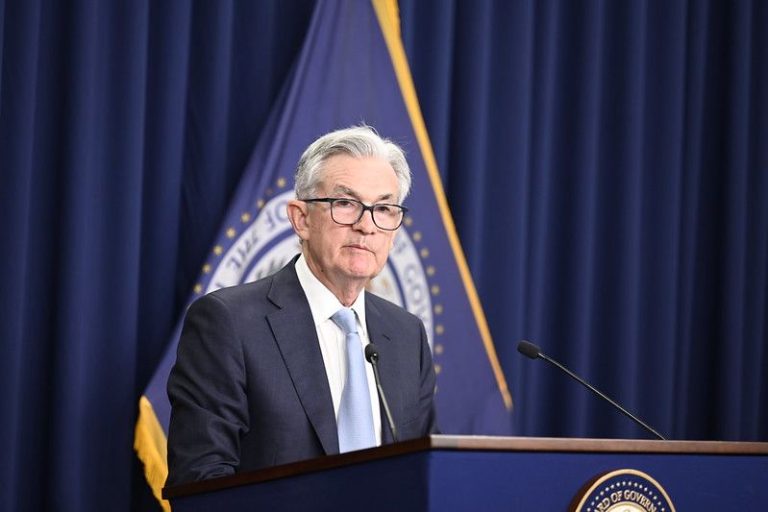The Corsair Gaming stock price has pulled back in the past few years as the gaming industry went through a substantial slowdown. It initially peaked at $51.3 in 2021 as the sector boomed because of the pandemic and then pulled back to an all-time low of $5.50 in September last year. So, is the CRSR stock a good contrarian investment ahead of the gaming upgrade cycle?
Corsair Gaming’s business has struggled
Corsair Gaming is a popular company in the gaming industry that provides computer peripherals in the gaming industry. Its business includes PC components, gaming gear, gaming PCs, and gaming furniture.
Corsair operates its business through several brands, including Drop, Elgato, Origin, Scuf, and Fanatek. These are all companies that became popular during the Covid-19 pandemic as many people stayed at home.
Corsair’s business has gone through a rough patch as people went back to the office and schools. As a result, its annual revenue has dropped from over $1.7 billion in 2020 to $1.32 billion in the trailing twelve-month period.
The most recent financial results showed that Corsair’s revenue dropped from $363 million in Q3’23 to $304.2 million in Q3’24. The nine-month revenue dropped from $1.04 billion in 2023 to $902 billion.
This decline was mainly due to its gaming components and systems business, which was offset by the gamer and creator peripherals. The gaming components and systems’ revenue dropped from $272 million to $202 million, while the gross margin moved from 21.8% to 15.1%.
The gamer and creator peripherals revenue rose from $90.4 million to $102 million, while its gross margin moved from 33.1% to 38.3%.
To be clear: other gaming companies that boomed during the pandemic have suffered a similar decline. For example, the revenue of AMD’s gaming segment has crashed by double digits in the last few quarters.
A potential catalyst for the CRSR stock
The Corsair Gaming stock price may bounce back because of the upcoming gaming PC upgrade cycle. Most users bought their gaming devices five years ago during the pandemic, meaning that they will start to upgrade them soon.
This upgrade will likely be powered by the recently launched NVIDIA 50 series release, which has already become popular among consumers. The series has more features, including artificial intelligence and neural rendering. Analysts expect Corsair’s revenue to grow from $1.29 billion in 2024 to $1.48 billion in 2023.
A recent report by Gartner showed that PC shipments rose by 1.4% in the fourth quarter, bringing the full-year growth to 1.3%. PC sales rose to over 262.7 million during the year.
IDC anticipates the industry to grow this year, led by the US and some European countries. Gartner also sees strong growth this year, reflecting delayed Windows 11 PC refresh demand.
Still, Corsair Gaming and other companies may struggle if Donald Trump hits imports with large tariffs. That would hurt Corsair as it would make its already expensive products more costly to consumers.
Corsair Gaming stock price analysis
The weekly chart shows that the CRSR stock price has remained under pressure amid its business slowdown. It has crashed from $51 in 2021 to $8.32 today, moving below all moving averages.
On the positive side, there are signs that the stock is going through an accumulation phase. It has also formed a falling wedge chart pattern, which often leads to a strong breakout. This recovery could push it to the next key resistance point at $20.7, its highest point on May 30th, up by 150% from the current level.
The post Corsair Gaming stock price crashed, but could surge 150% appeared first on Invezz


